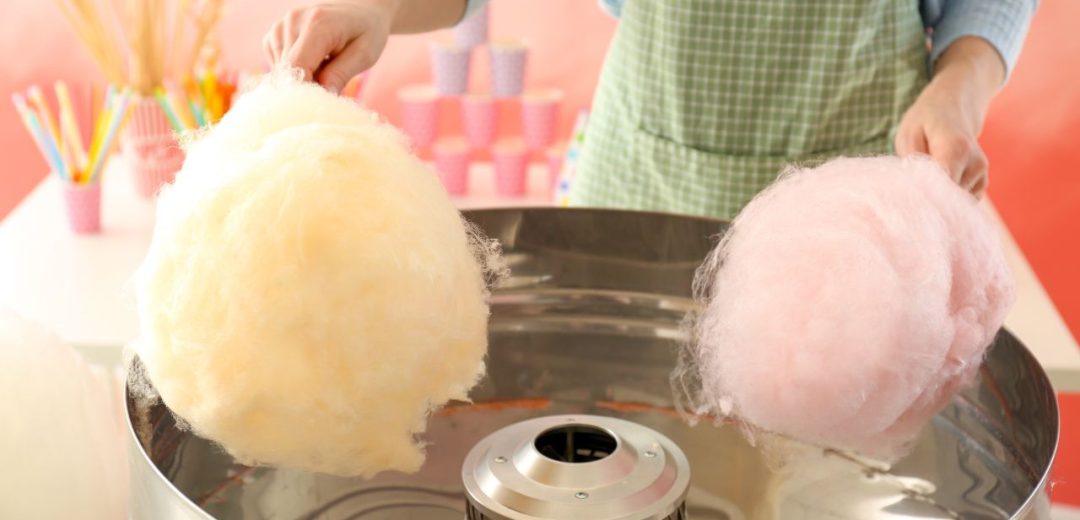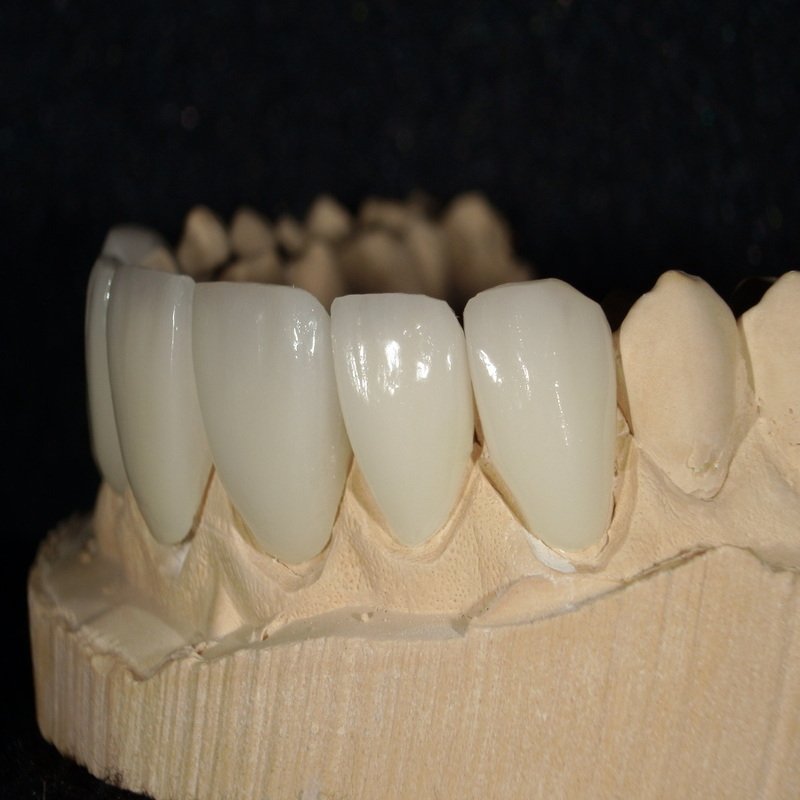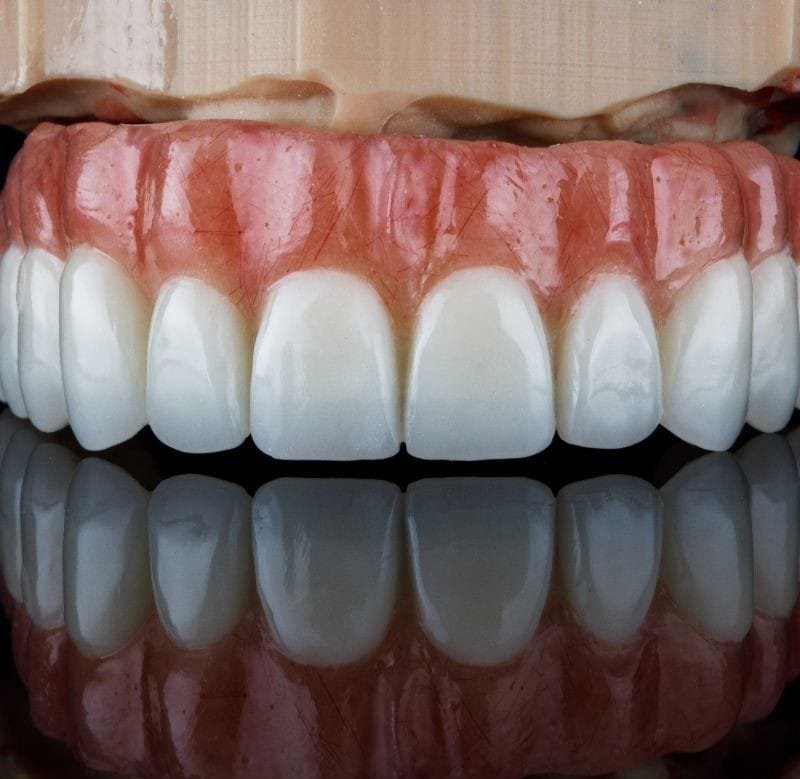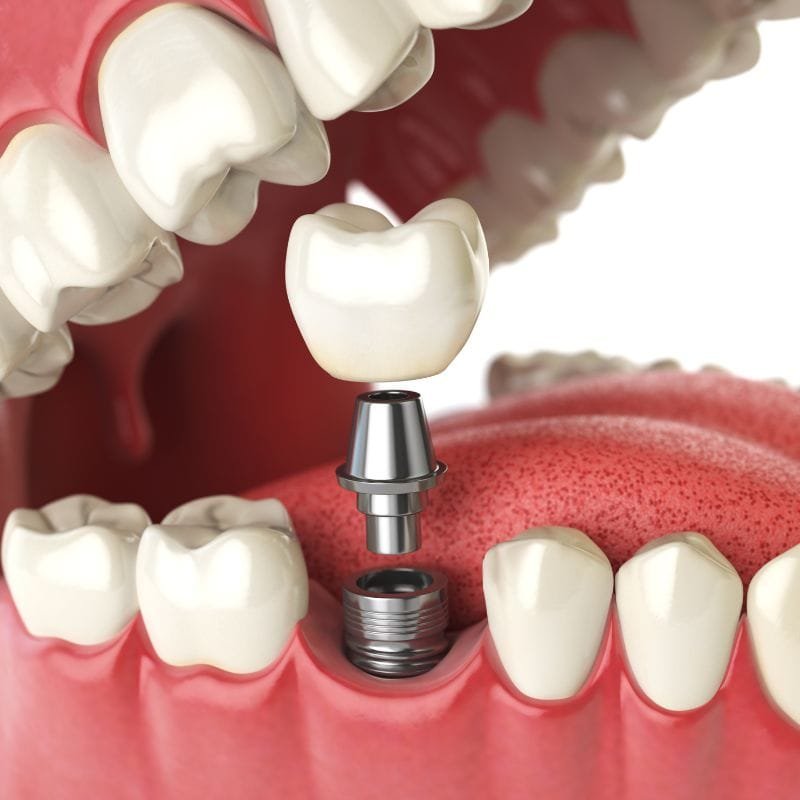Cotton Candy: A Sweet Bite Into Its Creation!
Cotton candy is a great, fun-filled treat with a stunning past and cultural popularity. That continues to this day and will surely continue for years to come. It resembles the form and shape that cotton (the fluffy yet soft fiber that grows on plants) has.
Everyone enjoys a sweet treat during the day or night. They rely on satisfying their craving for candy with a chocolate bar, gummies, etc.
What Are Tongue Bumps?
Everything today is created artificially, and that worries many people.
It may offer the human body little to no nutritional value because of its negative nutritional value, high sugar content, etc.
Many big names in the candy industry rely on using natural ingredients.
But what candy can be considered safe, healthy, or beneficial?
Who Created Cotton Candy?
It may surprise you, but your local dentist has told you to avoid sugary beverages, treats, foods, etc.
Dentists are great at keeping our shiny pearls sparkly clean.
They offer tips for maintaining a healthy oral lifestyle and instructions on proper hygiene.
Overall, dental surgeons give us great advice about staying away from sugar.
Everyone knows sugar isn’t healthy when it is overflowing, especially for your teeth.
However, William Morrison, a dedicated dentist born in 1860 in Nashville, Tennessee, was a self-proclaimed inventor with numerous inventions.
Morrison was also a well-known lawyer, civic leader, and author of various books.
In his later years, he became president of TSDA (Tennessee State Dental Association).
Machine Cotton Candy
In 1897, Morrison and confectioner John C. Wharton invented a machine to create cotton candy, initially called fairy floss.
Their electric machine melted and caramelized sugar, using pressurized air to push the sugary strands through a metal screen.
They debuted their invention in 1904 at the St. Louis World Fair, where it became an instant hit with candy lovers of all ages.
Thomas Patton and Josef Delarose Lascaux claimed to have created the cotton candy machine earlier during the event. However, this claim was later disproved.
The Puffy Sugar Treat
The sugar shack’s origins date back to the 19th century, though some argue it began as early as the 15th century.
Early forms of cotton candy appeared during this time, but they lacked the popularity of today’s fluffy treat.
Many countries have tried to claim the invention of cotton candy. In the late 19th century, Europe attempted but failed to perfect its presentation.
Other countries, including India, Australia, South Africa, New Zealand, Egypt, and Ireland, also staked claims but could not establish their version as the original.
America
But America stands tall on this one. Small portions of distinctive food coloring and flavoring create this colorful cloud of goodness we dearly crave.
William Morrison appropriately called it Fairy Floss to justify being a dentist. People may know of dentists considering candy their arch-nemesis as a way of promoting oral health.

But, who can resist the soft confections delight that is cotton candy?
During the St. Louis fair, Morrison and Wharton named their creation fairy floss so the world would finally know that the clash between sugary sweets and dental surgeons could be put to rest.
They decided to offer each box for the minimal amount of 25 cents, which was a bit pricey back in the day, but the citizens were willing to pay.
Even though a single box of fairy floss was the exact price of a ticket for that same fair, surprisingly, they could sell 68,000 boxes in just one day.
First Cotton Candy
Talk about a long day at the job. The very first cotton candy machines were truly unreliable, and faulty parts made them a living nightmare.
They would generally produce soft mixtures of the treat but make too much noise when creating it. Many broke down in initiating the machine, but the result was always worthwhile.
After trying repeatedly in 1949, Gold Medal Products was established in Cincinnati, Ohio. First, it introduced a spring base conjunction machine that helped develop the modern-day machine.
Creating the Cloud
The process of beginning the process of cotton candy starts in the machine.
Sugar is crafted, heated, and finally melted until it becomes a thick liquid resembling honey in form and shape.
For the creation of cotton candy, no other ingredient is not apparent.
The liquid moves into circular holes that give it form, and it is cooled to begin hardening the sugary substance into a cone.
Then, as Mother Nature, the liquid forms it back into a solid.
The machine manager then rubs a paper cone into the motor to collect millions of minuscule crystallized threads of sugary goodness.
They decided to offer each box for the minimal amount of 25 cents, which was a bit pricey back in the day, but the citizens were willing to pay.
Even though a single box of fairy floss was the exact price of a ticket for that same fair, surprisingly, they could sell 68,000 boxes in just one day.
What was the size?
Cotton candy foam can be customized to the customer’s desired size, from small clouds to massive puffs.
Pulled fresh from the machine, it’s ready to melt in your mouth, much like another famous treat—M&M’s, which “melts in your mouth, not your hand.”
But here’s the million-dollar question: How does cotton candy get its vibrant, natural-looking colors?
Sugar is white in its natural state. Food coloring gives the candy its iconic blue, soft pink, and other hues. These dyes enhance the candy’s visual appeal by creating its signature appearance.
Dentist opinion: Cotton candy is good or not?
Cotton candy consists mainly of sugar and air, making it a light, occasional treat that health specialists consider relatively acceptable.
While it satisfies sweet cravings alongside cakes, sodas, and gummies, cotton candy contains more sugar than most snacks.
Enjoy it in moderation, as too much of any treat can have negative effects. Stay mindful, eat wisely, and savor responsibly.
Curious facts about this treat
Making cotton candy is more straightforward than it seems. You can create it at home with essential tools like a tin can or aluminum foil. Heat sugar to 170 degrees, spin it through small holes and form sugary strands.
A dentist invented the cotton candy machine, inspiring medical advancements like skin graft techniques. The design of the machine remains unchanged.
Cotton candy consists of sugar and air, making it accessible of fat and cholesterol. In East Asia, it has evolved into an art form.
Many consider it the “king” of sugary snacks, with Tootsie Roll leading its production. After its invention, Morrison sold 70,000 boxes in just a few weeks, cementing its popularity.
Do you want to visit a carnival?
The next time you visit a fair or carnival, take a minute from all the rides and exciting games.
Take a look around for a fluffy, pillow-like treat!
A few chomps of melting sugary goodness in your mouth.
Cotton candy is all you require to finalize your festivities.


